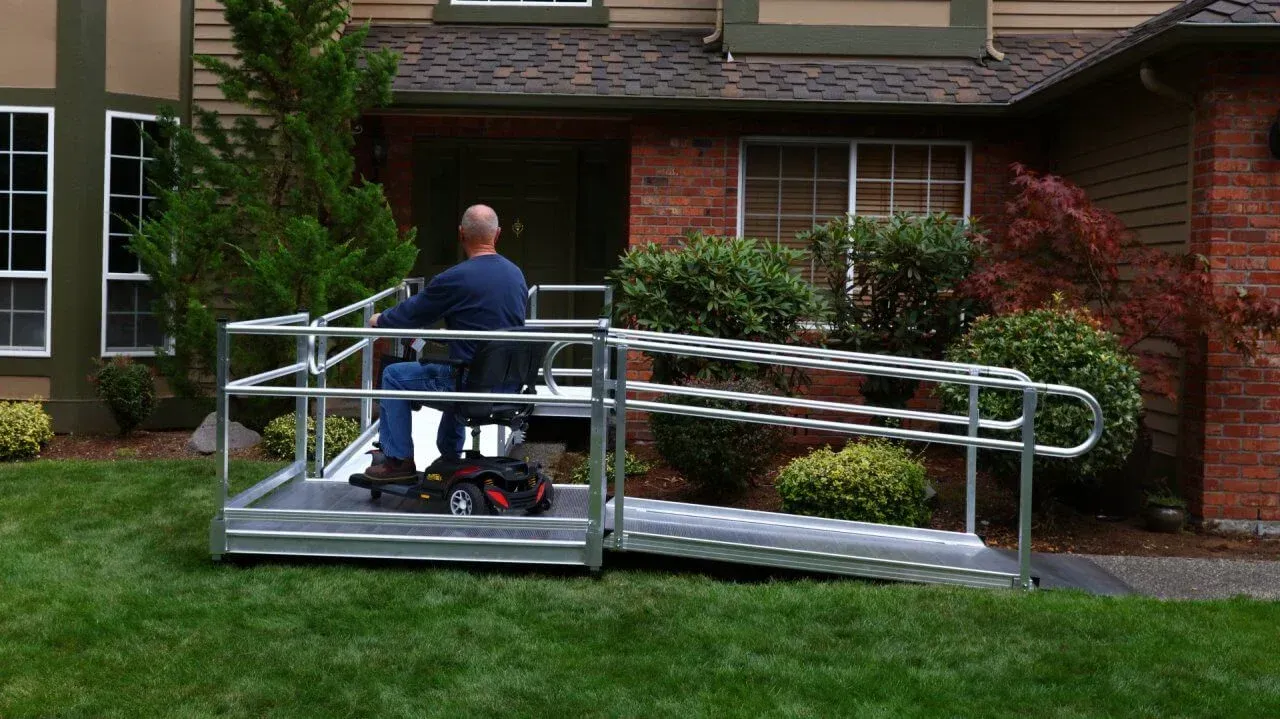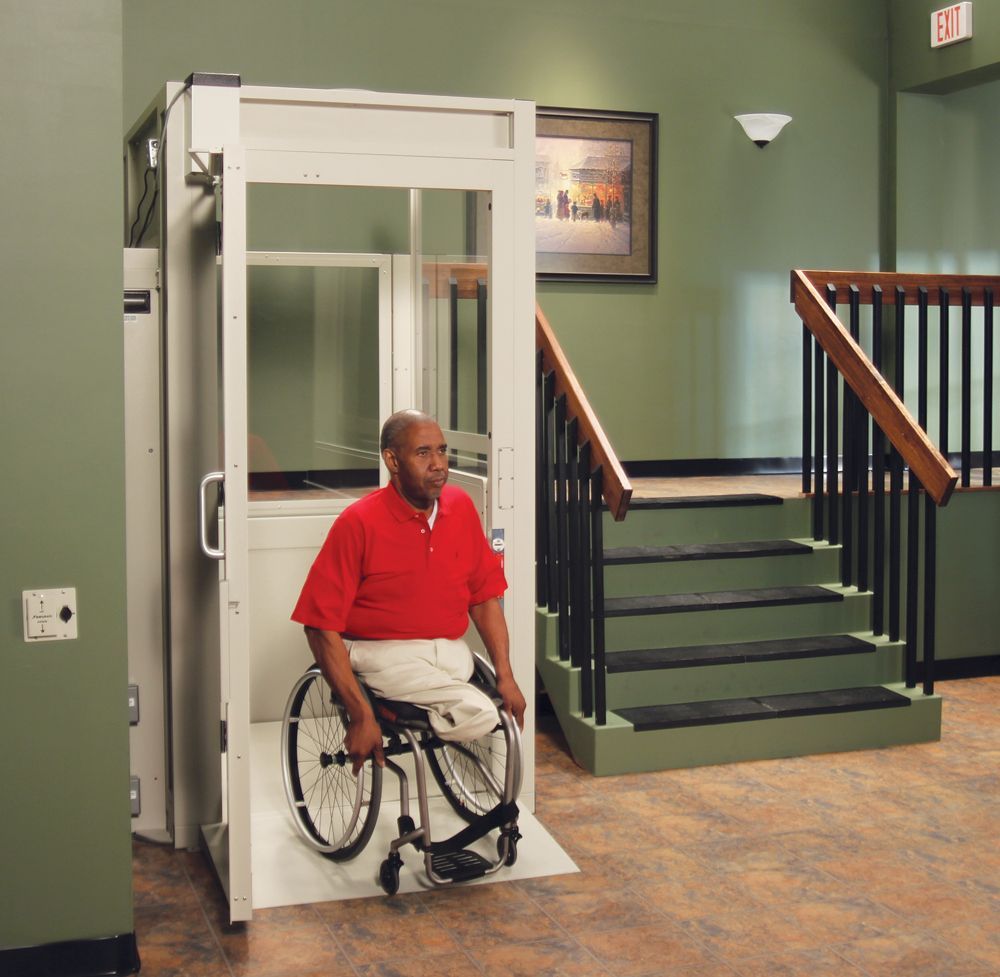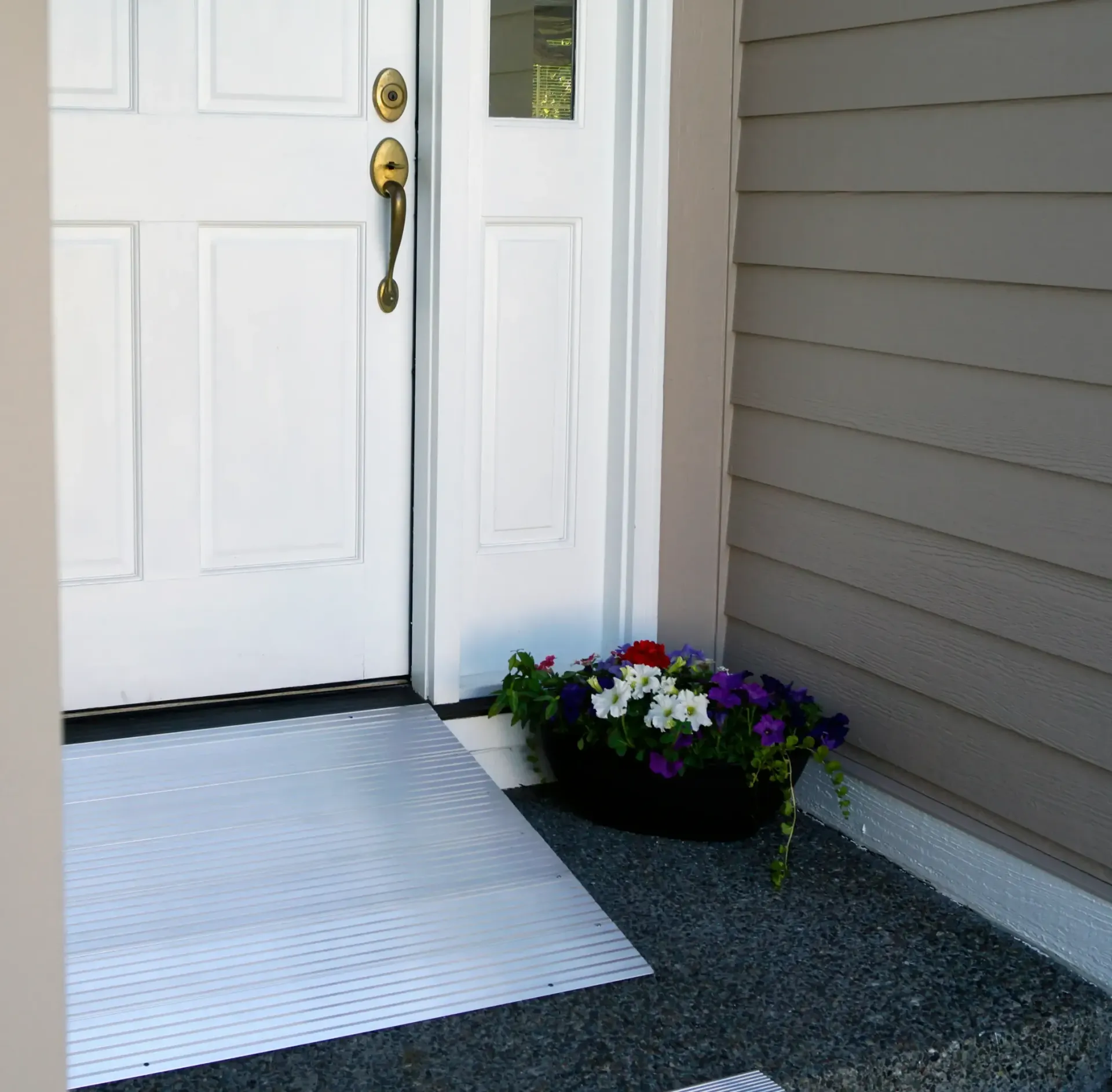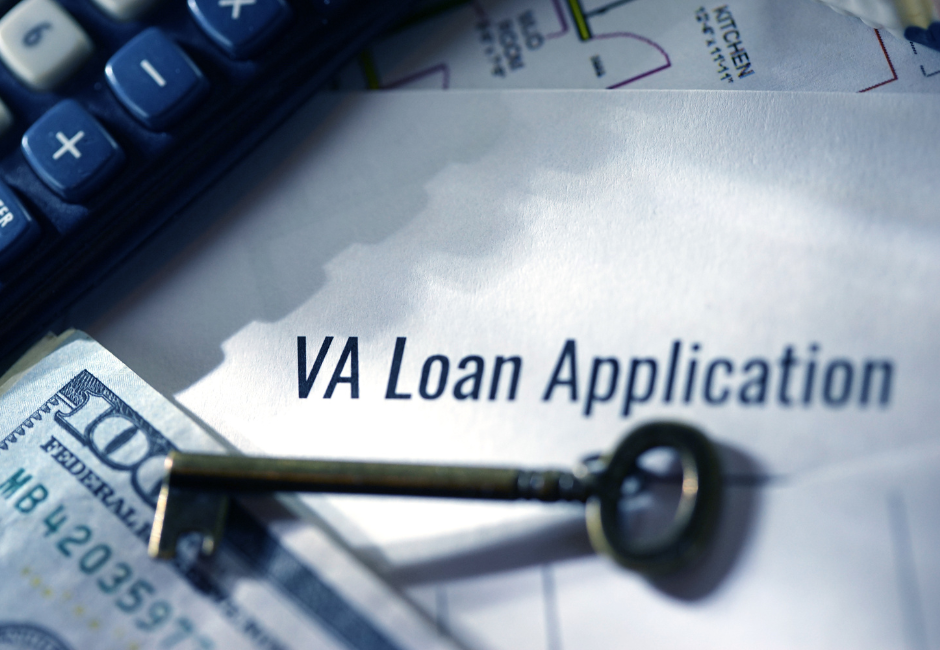More Than Meets the Eye: Everyday Innovations We Have Thanks to the ADA

When you think about the Americans with Disabilities Act (ADA), you may picture wheelchair ramps or accessible parking spaces—but the ADA has influenced much more than that. Since its passage in 1990, this landmark civil rights law has reshaped how we design and experience public spaces, technology, and even everyday conveniences. Many of the features we now consider “normal” exist because of the ADA, and they benefit far more than just individuals with disabilities.
In this article, we’ll look at some of the most common, everyday features we enjoy thanks to the ADA—plus a few you may not have realized were connected to accessibility.
1. Curb Ramps and Smooth Sidewalk Transitions
If you’ve ever pushed a stroller, rolled luggage across a busy street, or wheeled a cart out of a store, you’ve benefited from curb ramps. These gradual slopes connecting sidewalks to the street were mandated by the ADA to make sidewalks accessible for wheelchair users.
Today, curb cuts are found in every city and town across the U.S. They not only provide independence for wheelchair users but also improve safety and convenience for parents, travelers, bicyclists, and delivery workers.

2. Accessible Restrooms
Before the ADA, public restrooms were often impossible to use for individuals with mobility challenges. Stalls were too narrow, doors opened inward, and there was no room for a wheelchair to turn around.
The ADA required restrooms to include:
- Wider stalls for maneuverability
- Grab bars for safety and stability
- Sinks, soap, and dryers at reachable heights
- Clear signage identifying accessibility features
These improvements help people with disabilities, but they also make restrooms easier for parents assisting young children, travelers carrying luggage, or anyone needing extra space.

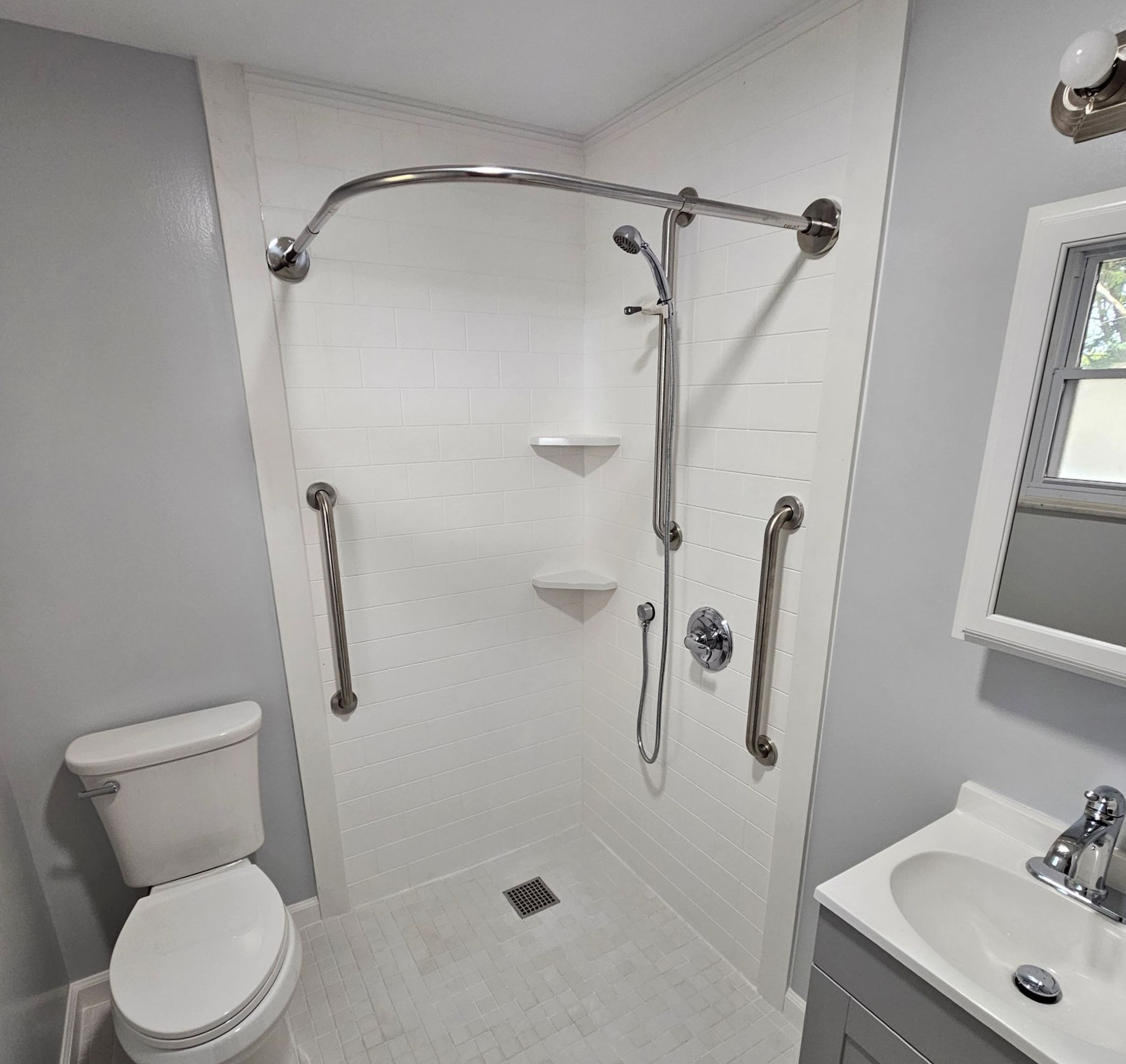
3. Closed Captioning
Closed captioning was originally developed to ensure equal access for people who are deaf or hard of hearing. The ADA helped accelerate its adoption, requiring captions on federally funded public service announcements and influencing broader media accessibility.
Now, captions are everywhere: television, streaming services, social media videos, YouTube, and even in classrooms and workplaces. Beyond accessibility, captions help people in noisy environments, those learning English as a second language, and even anyone watching videos without sound.
4. Ramps, Elevators, and Automatic Doors
Public buildings, schools, hospitals, and businesses are all required to provide accessible entryways and interior routes. This includes ramps, elevators, wide hallways, and automatic doors.
These features may seem ordinary today, but they make an enormous difference in independence and dignity for people with mobility challenges. At the same time, they’re a convenience for delivery drivers with carts, parents with strollers, and even people juggling armfuls of groceries. Accessibility truly benefits everyone.
5. Accessible Parking Spaces
The blue-and-white wheelchair symbol is one of the most recognized signs in America. Accessible parking spaces, required by the ADA, are wider than standard spots to allow for vehicle lifts and safe transfers in and out of cars. They are located close to entrances to reduce travel distance and must be clearly marked and maintained.
For many, these spaces are not just about convenience—they are about independence, safety, and the ability to fully participate in everyday life.
6. Audible Pedestrian Signals
At many busy intersections, crosswalk signals now include audible cues, such as beeping or spoken messages, to assist people who are blind or have low vision. These signals provide critical safety information and make cities more navigable.
And once again, they help more than their intended users: distracted pedestrians looking at phones, children learning to cross the street safely, and people walking in low-visibility conditions all benefit from the added guidance.
7. Braille and Tactile Signage
If you’ve ever noticed raised lettering or Braille on elevator buttons, restroom signs, or room numbers, you’re seeing ADA requirements at work. This tactile signage ensures that people who are blind or visually impaired can independently navigate public spaces.
These signs have become standard, creating more inclusive environments while also reinforcing consistency in building design that helps everyone find their way more easily.
8. Accessible Public Transportation
The ADA requires public transportation systems to be accessible, and that has transformed the way buses, trains, and transit stations are designed. Features such as lifts and ramps on buses, priority seating, tactile warning strips on train platforms, and audible stop announcements benefit not only riders with disabilities but also seniors, families, and travelers with luggage.
These improvements make public transit safer and more user-friendly for entire communities.
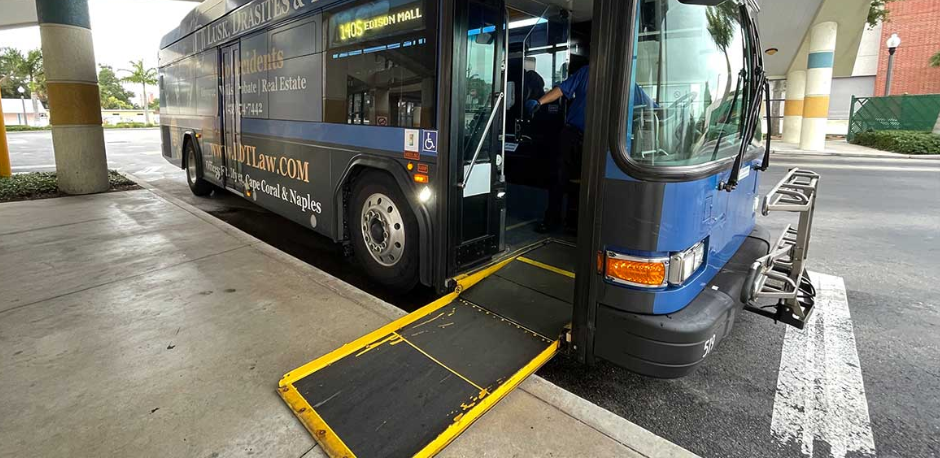
9. Accessible Outdoor Recreation
The ADA has also extended beyond buildings and streets to parks, trails, and recreational facilities. Many public outdoor spaces now include paved paths, boardwalks, wider trails, accessible fishing piers, and adaptive playground equipment.
This ensures that everyone—whether they use a wheelchair, a walker, or are simply pushing a stroller—can enjoy the outdoors and participate in community activities.
10. Service Counters and Desks at Multiple Heights
Walk into a post office, bank, or government building, and you may see service counters set at different levels. This design is required under the ADA so that individuals who use wheelchairs can comfortably interact with staff.
At the same time, these lower counters are helpful for children, shorter adults, and even customers who need to set down heavy bags or boxes. It’s another example of how inclusive design benefits all.
Why the ADA Matters for Everyone
The ADA was created to protect the rights of people with disabilities, but its impact goes much further. By removing barriers, it has reshaped society in ways that improve safety, convenience, and dignity for everyone.
Features like curb ramps, captions, and accessible restrooms may have started as accommodations, but they’ve become everyday essentials that we all use. This is the power of inclusive design—it doesn’t just help some, it elevates the quality of life for all.
Final Thoughts
The ADA has been in place for more than three decades, and its influence is all around us. From the sidewalks we walk on to the media we consume, accessibility has become an invisible but essential part of modern life.
At Altamira, we see accessibility not just as a requirement but as a foundation for independence and inclusion. By continuing to design with accessibility in mind, we build communities where everyone can thrive.


